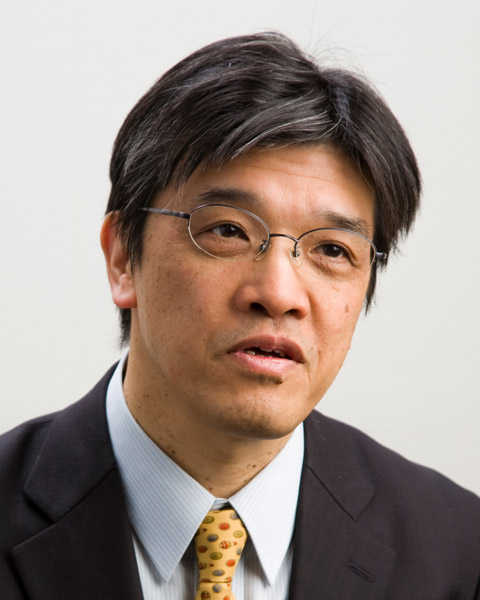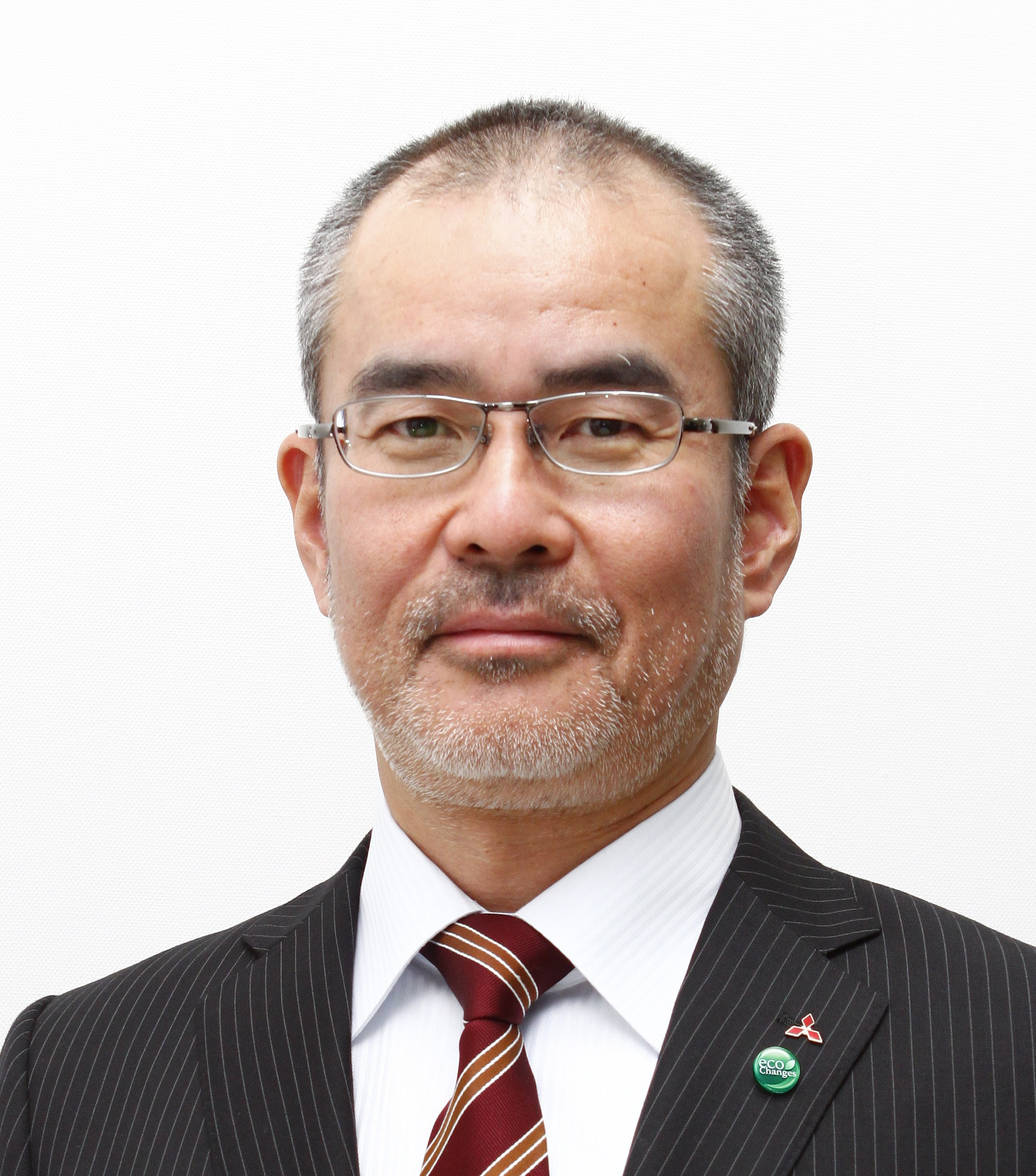Keynotes & Symposiums
CMOS Image Sensors for Present and Future Consumer Electronics
CMOS image sensors (CISs) are imaging devices based on CMOS integrated circuits technology with a modification for image sensing. CISs have enabled high-performance digital cameras to be equipped to various products and fields including smart phones, wearable devices, IoT, automobiles, and autonomous vehicles in near future.
In this talk, recent progress of CISs is reviewed and key technologies for enabling the CISs to be applied to many different fields will be explained through the experiences of R & D works for CISs done by the author. Such technologies include ADC architectures for high-speed and low-noise signal readout, wide-dynamic range pixels and readout techniques, photon-counting pixels, global shutter pixels, time-resolved pixels, and TOF (time-of-flight) range imaging pixels. Applications of CISs to future consumer electronics will be also discussed.
Prof. Shoji Kawahito

Shizuoka University, Japan
Shoji Kawahito received the Ph.D. degree from Tohoku University, Sendai, Japan, in 1988. He worked at Tohoku University and Toyohashi University of Technology as a Research Associate and Associate Professor from 1988 to 1999 and since 1999, he has been a Professor at Shizuoka University. From 1996 to 1997, he was a Visiting Professor at ETH, Zurich. Since 2006, he has been also the CTO of Brookman Technology Inc, a university spin-off company.
His research interests are in CMOS imaging devices and their applications. Dr. Kawahito has recently received several awards including the Beatrice Winner Award for Editorial Excellence at the 2005 IEEE ISSCC, IEEE Fellow Award in 2009, the IEICE Electronics Society Award in 2010, the Takayanagi Memorial Award in 2010, the Walter Kosonocky Award in 2013, and Image Sensors Europe Awards in 2017.
International standardization of color management technology
and their application
This talk will explain the International standardization of color management technologies in the multimedia field of the past 20 years and the products applying them. Many color spaces such as extended color space, YCC color space, YCC color space for video applications, etc. have been standardized since 1999 when the default color space sRGB (IEC 61966-2-1) was published by IEC. These are utilized in many products such as displays, digital still cameras, smart phones and the like. This talk will also describe the technology to make the displays conform to the default color space and the displays with a wide color gamut corresponding to the extended color space. In particular, this talk will explain in detail the color conversion technology developed in relation to these standardization and the laser light source utilization technology for realizing a display with a wide color gamut.
Dr. Hiroaki Sugiura

Mitsubishi Electric Corporation, Japan
Dr. Sugiura graduated from the Department of Electronics Engineering, Nagoya University, Japan and received his Doctor of Engineering from the Graduate School of Engineering Science, Chiba University. He is currently Executive Fellow at Mitsubishi Electric Corporation where he has worked about 35 years. His experience is primarily related to advanced technologies, as a researcher and as a manager, especially in the area of electronic imaging including colour management technologies. About educational activities, he is now Invited Professor at Osaka University and Guest Professor at Kanazawa Institute of Technology.
He has been engaged in the international standardization activities since 1995. The activities include color management technology for multimedia. He has been leading the international standardization of IEC TC100 TA2 as the Technical Area Manager since 2008.
He received award from Minister of Economy, Trade and Industry for his contribution to international standardization. He is Fellow of IEEE and ITE.